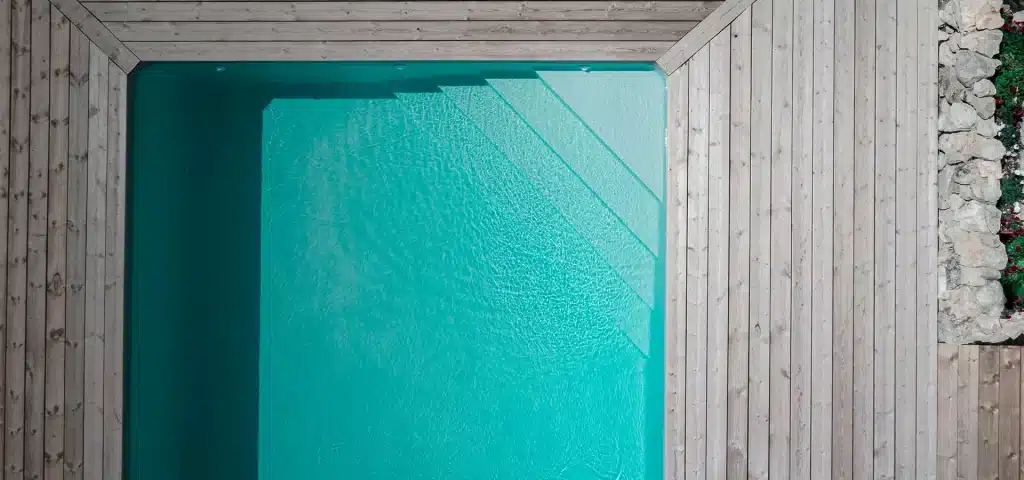Chlorine treatment is the most common method of disinfection for treating swimming pool water. Shops sell several chlorine products: stabilised and non-stabilised chlorine. What are the differences? What are the advantages and disadvantages?

Non-stabilised chlorine, as its name suggests, does not contain a stabiliser. It belongs to a different family from stabilised chlorine.
Calcium hypochlorite comes from the HPH range , which includes all hypochlorites , i.e. those derived from chlorine that do not contain a stabilizer (e.g. bleach). Thus, chlorine with stabilizer and chlorine without stabilizer are not part of the same family.
Le chloroisocyanurate est un dérivé du chlore, ajouté à de l’acide cyanurique (le stabilisant du chlore). Ce dernier est le plus couramment utilisé pour le traitement des piscines.
It is used:
Depending on the weather in your area and the level of sunlight in your pool, choose to use stabilized or non-stabilized chlorine. To learn all about chlorine, you can watch this video. In your ICO application, you can change the chlorine used so that the recommendations adapt automatically.
| Cookie | Duration | Description |
|---|---|---|
| cookielawinfo-checkbox-analytics | 11 months | This cookie is set by GDPR Cookie Consent plugin. The cookie is used to store the user consent for the cookies in the category "Analytics". |
| cookielawinfo-checkbox-functional | 11 months | The cookie is set by GDPR cookie consent to record the user consent for the cookies in the category "Functional". |
| cookielawinfo-checkbox-necessary | 11 months | This cookie is set by GDPR Cookie Consent plugin. The cookies is used to store the user consent for the cookies in the category "Necessary". |
| cookielawinfo-checkbox-others | 11 months | This cookie is set by GDPR Cookie Consent plugin. The cookie is used to store the user consent for the cookies in the category "Other. |
| cookielawinfo-checkbox-performance | 11 months | This cookie is set by GDPR Cookie Consent plugin. The cookie is used to store the user consent for the cookies in the category "Performance". |
| viewed_cookie_policy | 11 months | The cookie is set by the GDPR Cookie Consent plugin and is used to store whether or not user has consented to the use of cookies. It does not store any personal data. |